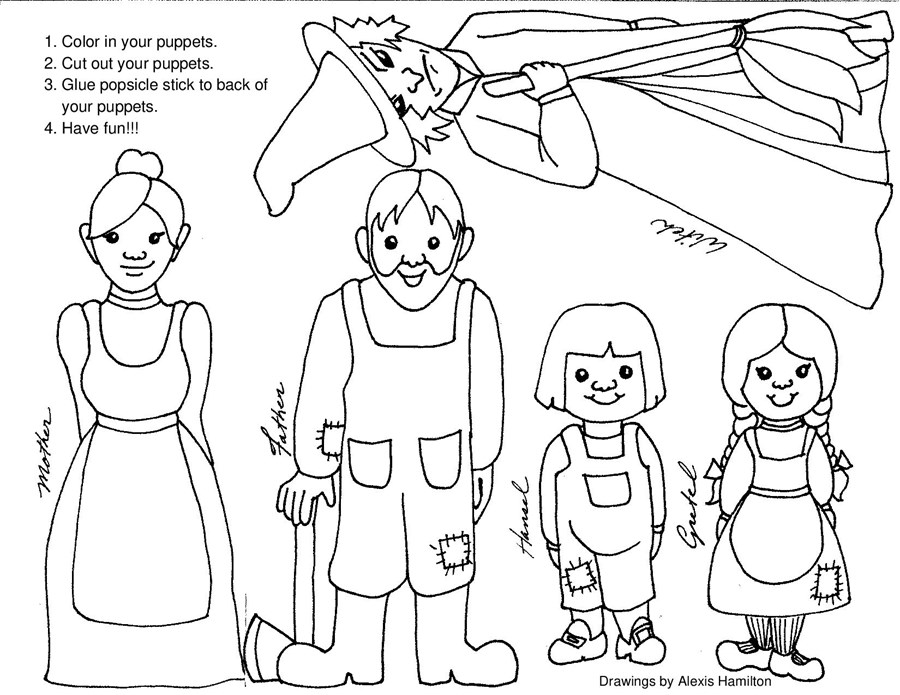1.
Pull together some selections of music (opera arias, opera overtures, orchestral, or symphonic music) in a language your learner doesn't know. My suggestions can be found in the following playlist, or you can pull from your own favorites.
I like to have selections that are pretty obviously emotional, with BIG emotions. Musical melancholy is hard for a six-year-old to wrap their heads around, but agony, misery, and defeat—they can hear that! Go big!
2.
Play some music. As your learner listens, they should think about the emotions and the story that they think it tells. One of the ways that music is special is that it can remind us of different emotions just by the way it sounds—it can even help us to feel those emotions. What is even more special is that some types of music were written to tell stories. You don’t always have to understand the words to get the story.
3.
After they listen, have them tell you their story. There are no right or wrong answers…it is their responses and their listening skills that are important here!
I have done this listening activity with kids in kindergarten through young adults and they have always responded. It is fun and creative, and it engages those storytelling processes that are so important to emerging readers. It also helps students to organize their thoughts into a coherent story and sequence events.
VARIATIONS:
Depending on your needs you can do this same activity but ask for different responses from your student.
Do you have a very wiggly little one in need of some physical activity?
Interpretive dance is a great way to have them burn off extra energy, listen for the emotions in a piece of music, and tell a story in physical space. The process is the same as above, except instead of telling you the story they hear, ask them to show you the story that they hear with their bodies and movement. They are not allowed to speak. They dance what they hear.
Need some peace and quiet, and to get a little something done for work?
Pull out as big a sheet of paper as you have, markers or crayons, and tell them that music has a line. You are going to play some selections (create a playlist if you cannot do this activity directly with them) and have them draw one line throughout the music.
The game here is that the line is to describe the music. Is the music smooth and slow? Maybe your line has lazy curves or loops. Is the music fast or jagged? Your line should reflect that. It can loop, scrawl, zigzag—but it cannot come off the paper!
Have your student respond to the music with a full-blown work of art.
They can write an ekphrastic poem. Usually ekphrastic poems are poems that are inspired by our reactions to visual arts, but I see no reason why it couldn’t be in reaction to a symphonic piece!


